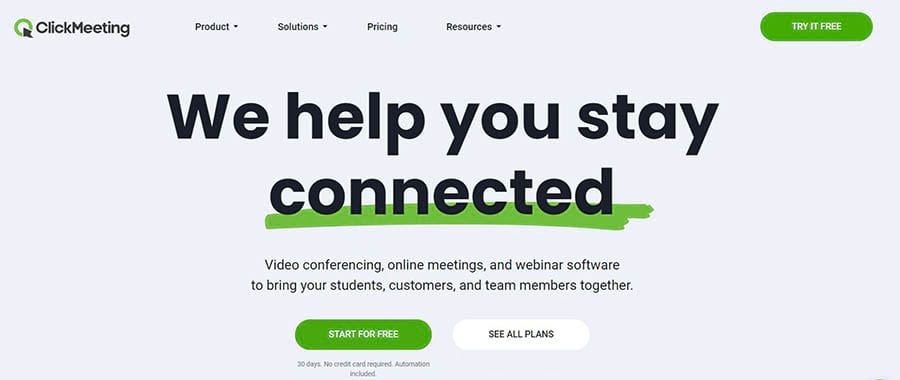With so many people plugged into social media, you probably already know that you can’t avoid building up your business’s presence on these platforms. However, it’s about more than just showing up – you’ll also need to find a way to engage with your followers.
Fortunately, you don’t have to do it alone. By wielding a few powerful social media management tools, you can start interacting with your audience more than ever before.
In this article, we’ll cover a few reasons why boosting social media engagement is a worthwhile goal. Then, we’ll show you seven tools that can help you achieve it. Let’s get started!
The Importance of Social Media Engagement
The very nature of social media is an interactive one. A recent study found that up to 56 percent of people reported recently liking posts from others. As such, these platforms present a unique opportunity to connect with your customers on a personal level.
Forging this connection has several benefits. For starters, social engagement metrics can provide valuable insights. If you can identify the demographics that are most frequently commenting, liking, and sharing your posts, you can use that data to adjust your target audience. It’s also an efficient way to find potential influencers.
Moreover, it can give you an idea of how people view your brand. Unfortunately, not all engagement will be positive – you might find comments from disgruntled customers from time to time. However, these can also help you learn about areas where your audience thinks you could improve.
Engagement is about visibility, too. People who share your content are by extension spreading the word about your brand. This could lead to increased conversions or more widespread awareness of your company.
Many social media platforms such as Twitter and TikTok use algorithms to determine what users see on their timelines. Thus, boosting your engagement could help you reach more people.
Related: How to Create a Social Media Marketing Strategy for Your Website
7 Tools That Can Help Boost Your Social Media Engagement
You may know that social media engagement is important, but knowing exactly how to improve your brand’s performance in this area can be tricky. Here are seven effective tools to help you get started.
1. Canva

Images are an essential part of your social media presence. Therefore, you’ll want to make sure to take high-quality photos and optimize their effectiveness through careful editing. If you’re looking for an intuitive tool that helps you design stunning images, consider using Canva.
This tool is not only easy to use, but it also offers a wealth of features to help support your media creation, including:
- Built-in templates geared towards the best layouts for individual platforms
- A cohesive Brand Kit feature to keep your posts consistent with colors, fonts, and brand logos
- Seamless collaboration features for small or large teams
Stunning designs are more likely to catch your users’ eyes. More importantly, they can help you boost engagement. This is especially true if you use this opportunity to include exciting Calls To Action (CTA).
If you’re looking to get the most out of Canva, we recommend that you use your designs across all of your platforms. This way, you’re providing a more seamless transition into new graphics for your customers. This can also contribute to consistency in your branding.
Pricing: Canva offers a powerful free version. If you want all the features it has to offer, you can start with the Pro plan at $119.99 per year. You can also request an enterprise-level quote if you’re running a large team.
2. Revive Old Posts

Content creation can be a challenging process. Sometimes it’s because you’re trying to keep up with the latest trends, but other times it’s because you’re struggling to produce enough posts to keep your page updated. If you want to alleviate some of this pressure, Revive Old Posts is definitely worth your consideration.
As you can probably guess, this tool can help you make the most of your old content, by ensuring that it gets all the exposure that it deserves. With the help of this plugin, you can give your audience more opportunities to engage.
Here are some impressive features offered by Revive Old Posts:
- Automatic addition of optimized hashtags
- The option to share posts instantly when you publish them on your website
- Works for pages, posts, media, and custom posts to encompass nearly all types of content
This plugin can also help you free up some time. Without the need to constantly update your social media pages, you can focus on other areas of your business. Alternatively, you might just find that you can polish your new content even more.
You might want to consider using Revive Old Posts selectively, based on the platform. For example, if you know that your photo posts perform better on Instagram, you can focus on recycling that content for that specific account.
Pricing: Plans for Revive Old Posts begin at $75 for a single site. This will give you five feeds and up to 50 shared accounts.
3. CoSchedule

When it comes to social media, scheduling can be a big deal. After all, an abandoned or even slow-to-update profile doesn’t attract customers. That’s why a tool like CoSchedule can help.
CoSchedule is a scheduling software made specifically for marketers. It can help organize your posting calendar with color-coded posts. Whether you’re running a platform-wide campaign or just hoping to polish your email strategy, this program can centralize your work and make sure you always have content planned.
However, it’s a lot more than just a simple calendar. Here are a few other ways that CoSchedule can help you boost your engagement metrics:
- Social publishing automation based on your custom plan
- The ability to organize calendars around different teams or platforms
- Stores assets and files to ensure that you include robust content for every post
Consistent posting is key to increased engagement. Not only can CoSchedule help you keep this up, but it can also take some of the work off your plate by automating the process. You can also collaborate with other creators.
If you choose to use CoSchedule, we highly recommend that you make use of the content progress function. This way, you’ll always know if you’re ready to publish a new post. This can be especially useful for large-scale marketing efforts.
Pricing: For $29 per person, per month, you can gain access to all of CoSchedule’s features. If you’re interested in the full marketing suite, you will need to contact sales for a quote.
Want more social media tips in your inbox?
Click below to sign up for more how-to's and tutorials just like this one, delivered to your inbox.

4. Sniply

For most social media platforms, you have to contend with a certain word count. This means every character counts. This can be tricky if you’re using long, complicated URLs. If you’re looking to get the most value out of a short post, we recommend using Sniply.
Sniply is a URL shortener at its core. However, it can also help you streamline a customized link to serve a specific CTA. As such, you can achieve more brand consistency in a much cleaner way.
In addition, Sniply has a few other impressive functions, such as:
- The ability to embed URLs in the form of buttons, text, form, or images for the most natural integration
- Engagement options ranging from links to email list sign-ups
- Individual tracking metrics to see how each link’s post is performing
Sniply also makes it easy for users to engage. Complex links can scare people away. However, short, neat URLs may help your audience feel more comfortable sharing your posts.
Pricing: The basic option begins at $29 per month for up to two brand profiles, one team member, and 5,000 clicks. The Pro plan comes in at $79 per month and gets you six brand profiles, three team members, and 20,000 clicks.
5. Woorise

If you want your users to engage with your brand, you may need to go beyond traditional CTAs. Providing users with more interactive content such as giveaways can get them more invested – especially if engagement metrics such as likes and shares are part of the entry conditions.
This is why we recommend Woorise. This tool comes with several functions, but we’re particularly impressed with its giveaway functionality. It offers a ton of ways to create a stellar contest that will get your audience interacting with you, such as:
- Require combinations of specific engagement activities such as follows and comments for users to enter
- Customize the sign-up page with everything from the color palette to photos
- Embed widgets on social media to ensure that all of your audiences have a chance to sign up
Simply put, giveaways work because users get invested. Not only will this boost your engagement metrics, but it can also encourage them to follow your brand for more opportunities.
To get the most out of Woorise, consider doing small giveaways regularly. These provide more chances for people to share your content. As a bonus, these can also be a lot easier on your budget.
Pricing: You can get started with a free version that has limited functionality. As for the paid version, you can start at $23 per month for one site with unlimited campaigns and 2,000 entries per month. If you want to bump that up to 5,000 entries, you can choose the Grow plan at $39 per month.
6. Social Searcher

Part of successfully boosting engagement is knowing what your audience is talking about. This doesn’t just apply to trends, either: knowing how your users feel about your brand, in general, is crucial to creating the content that they want to interact with. That’s why we’re fans of Social Searcher.
Social Searcher is – as the name suggests – a search engine geared towards social media platforms. It can help you monitor what people are saying about you across multiple sites at once. This applies to individual sites or a more generalized report.
Here are a few stand-out features that make Social Searcher worth your consideration:
- Tracking of tagged posts, as well as ones that mention your brand
- Analysis comparing positive mentions against negative ones
- Alerts about top hashtags in your niche to help your content stay timely
Generally speaking, users will only interact with posts that are relevant to them. Social Searcher can help you boost engagement by pinpointing these topics and responding accordingly. You might also be able to use it to learn more about your audience.
Our favorite thing about this tool is the universal dashboard. You can get information on users across several different sites, allowing you to focus on specific campaigns while also understanding the bigger picture.
Pricing: You can use a limited version of this tool for free. Paid plans start at 3.49 Euros per month (roughly $4.04). They also offer a 14-day free trial, so you can give it a shot before you commit.
7. Easy Affiliate

If you aren’t using an affiliate program for your brand, now might be the time to start. Working with influencers can be a natural and affordable way to reach new audiences on social media. Their work on these platforms can in turn lead curious users to your profile for more information.
However, managing affiliates across different social media accounts can be tough. If you’re looking for a tool to help you out, we recommend Easy Affiliate. This resource enables you to manage, track, and reward the influencers that boost your engagement metrics the most.
Easy Affiliate uses several powerful features to help you organize your program, including:
- The opportunity to provide affiliates with full feature links and banners for a consistent brand experience
- An easy-to-understand dashboard that helps you see your top performers
- A simple payout system to accurately compensate those who can increase your engagement the most
Influencers are more than just a way to advertise your site – they can also organically boost brand awareness. Users who trust these affiliates might in turn trust your brand and seek out your content. This can help you increase your engagement and boost your conversion rate.
Pricing: Let’s take a look at Easy Affiliate’s pricing. The basic plan starts at $99.50. This will give you all the features for a single site, including unlimited affiliates and a full tracking system.
Getting by With a Little Help From Our Friends
Social media engagement is essential for modern brands. User interactions can be the difference between a low profile and a huge following. Fortunately, boosting your engagement metrics can be easy with the help of a few key tools.
In this article, we showed you seven different tools. Some of them can appeal to users directly, while others can provide crucial insights into your audience. By using one – or even a few! – you can start taking full advantage of your brand’s potential.
Get Social and Grow Your Business with DreamHost
Our experts will help create a powerful social media strategy and level up your execution so you can focus on running your business.

The post 7 Tools That Can Help Boost Your Social Media Engagement appeared first on Website Guides, Tips & Knowledge.
source https://www.dreamhost.com/blog/tools-boost-social-media-engagement/
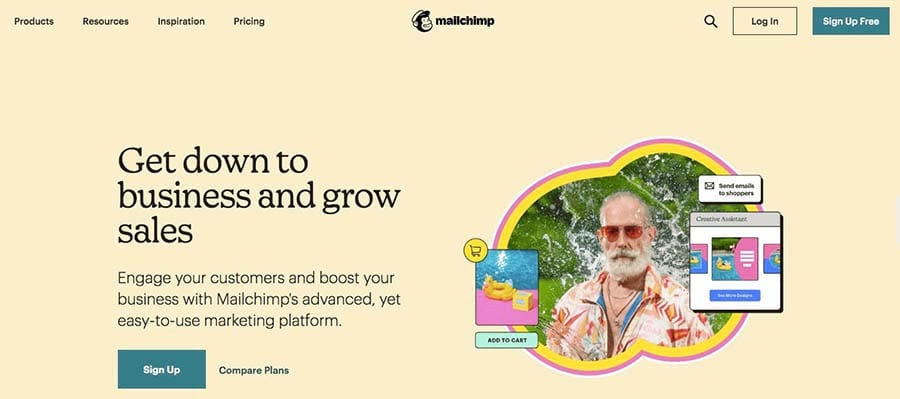
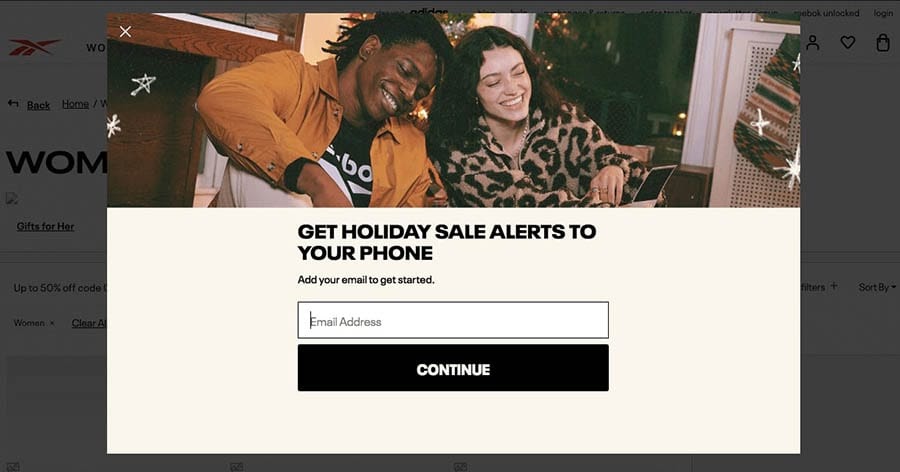



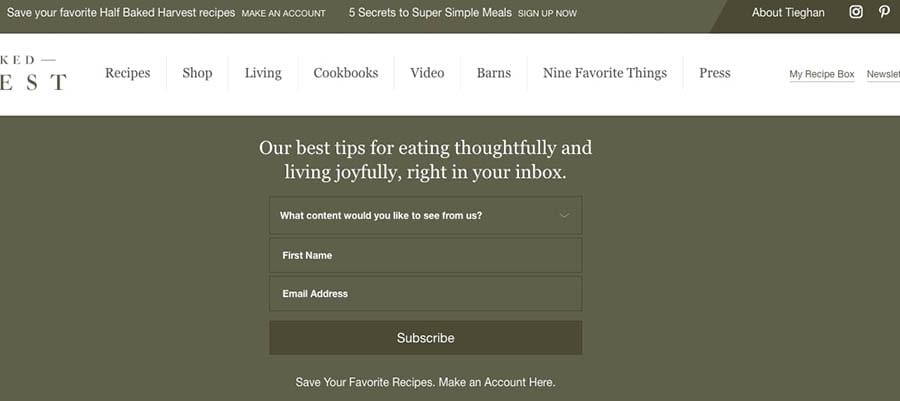

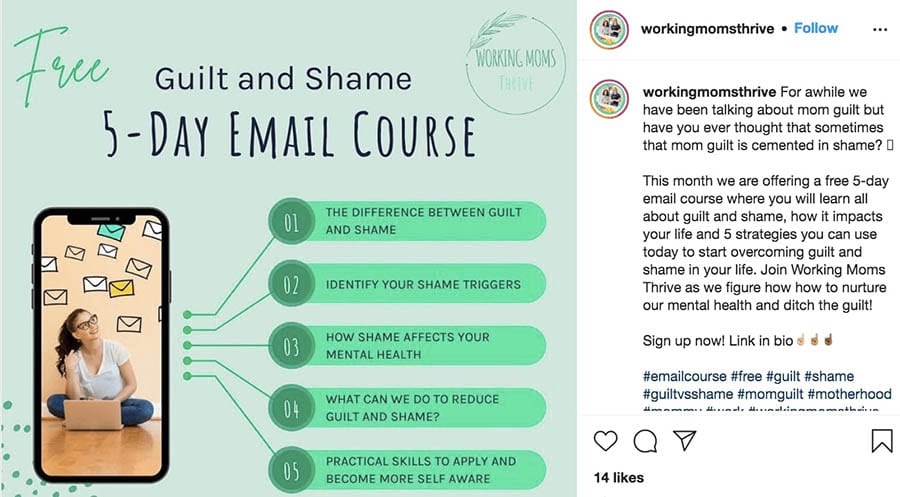
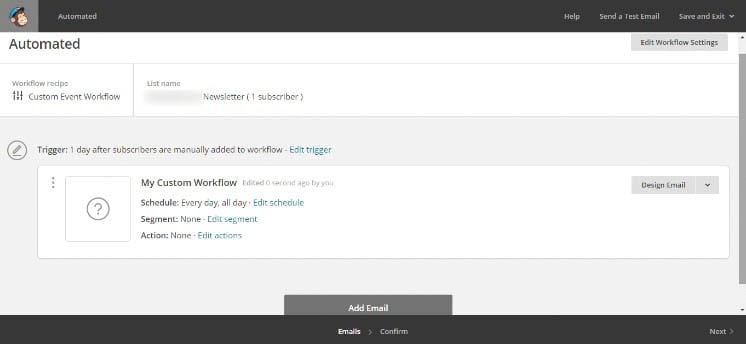
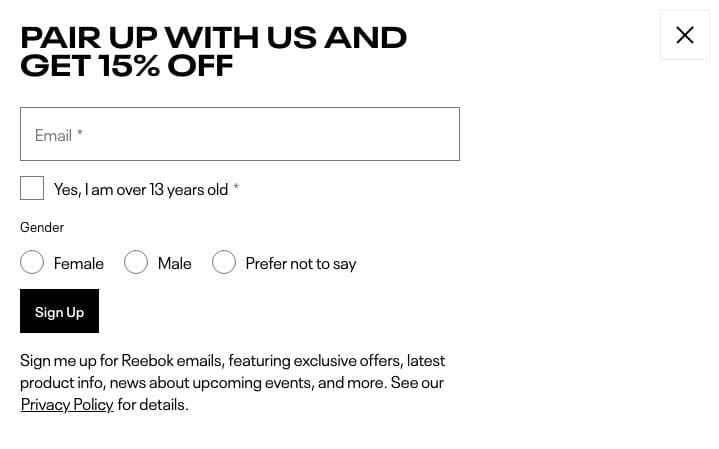



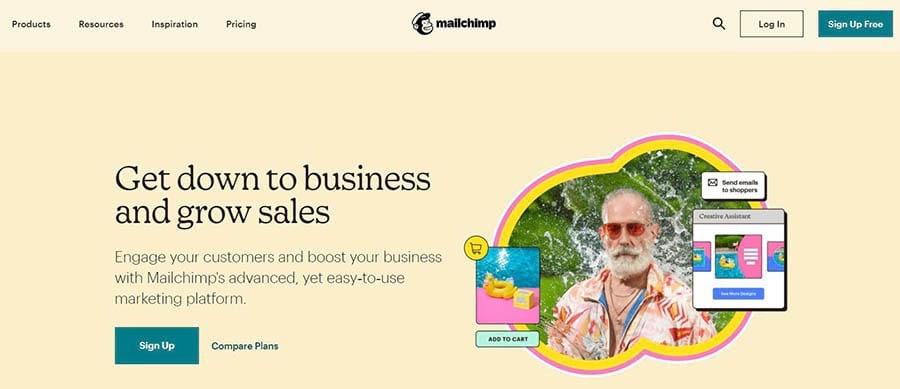


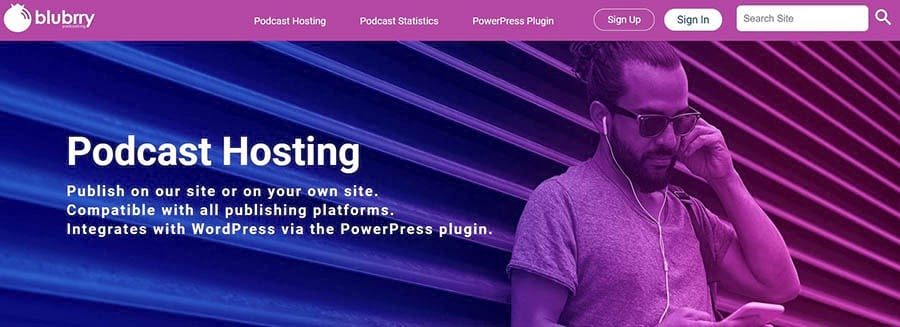

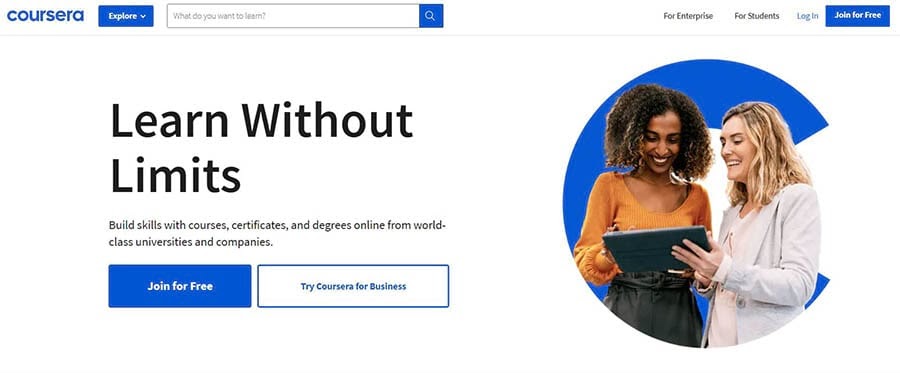



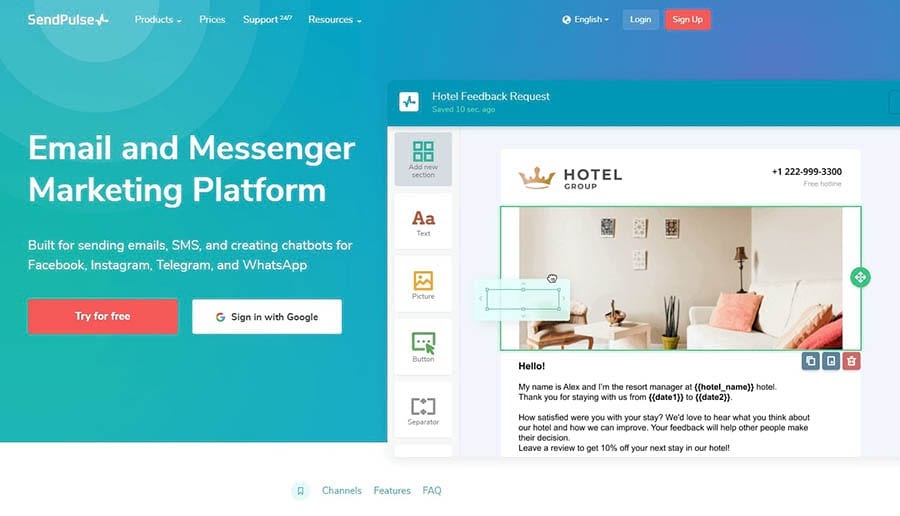 Next, you’ll want to produce amazing, share-worthy content and embed your affiliate links within it. You can also add social media buttons and an
Next, you’ll want to produce amazing, share-worthy content and embed your affiliate links within it. You can also add social media buttons and an 
